Unlocking the Mysteries of Dota 2: Advanced Laning and Late Game Tactics
Oct-27-2024
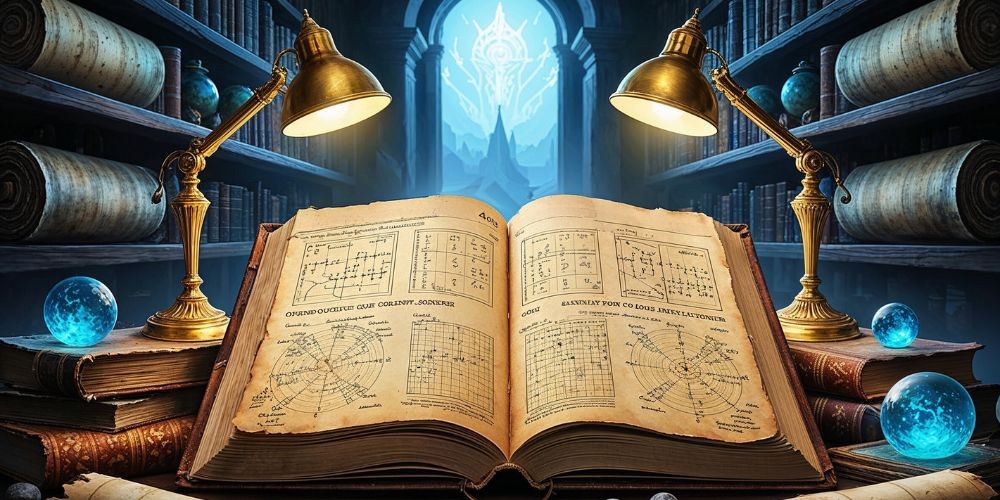
In the multifaceted world of Dota 2, victory hinges not just on individual talent but on comprehensive strategies that unfold through distinct phases of the match. As players sharpen their skills in the early game, the foundation is laid for more complex advancements in the mid and late-game. This article aims to provide you with detailed strategies that can enhance your team's performance, with a particular emphasis on laning and the thrilling late-game phases—where the outcomes of matches are frequently determined.
The Intricacies of the Laning Phase
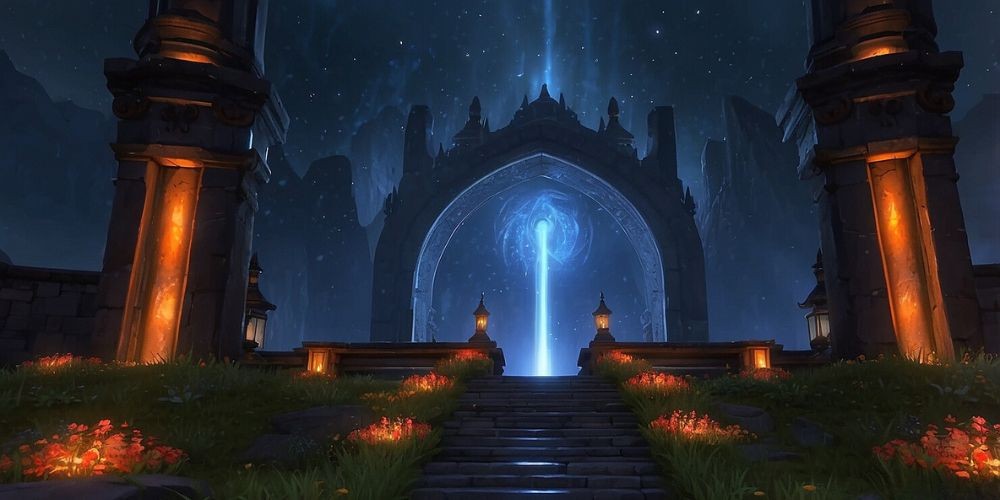
The laning phase is the first battlefield in a Dota 2 match, where early advantages can cascade into a snowball effect, redefining the mid and late game. Mastery during this phase revolves around three key elements: lane control, effective harassing, and resource management. Lane control involves maintaining equilibrium in creep positioning to ensure farm safety while simultaneously denying the same to your opponent.
Doing so will grant your team the gold and experience advantage required for item and skill upgrades. The process of denying creeps, actively harassing opponents to deter them from gaining resources, and efficiently utilizing regeneration items can contribute to a significant early-game lead. Early aggression—when calculated correctly—can also force your opponents back to their base, causing them to miss crucial experience and gold.
To make the most of the laning phase:
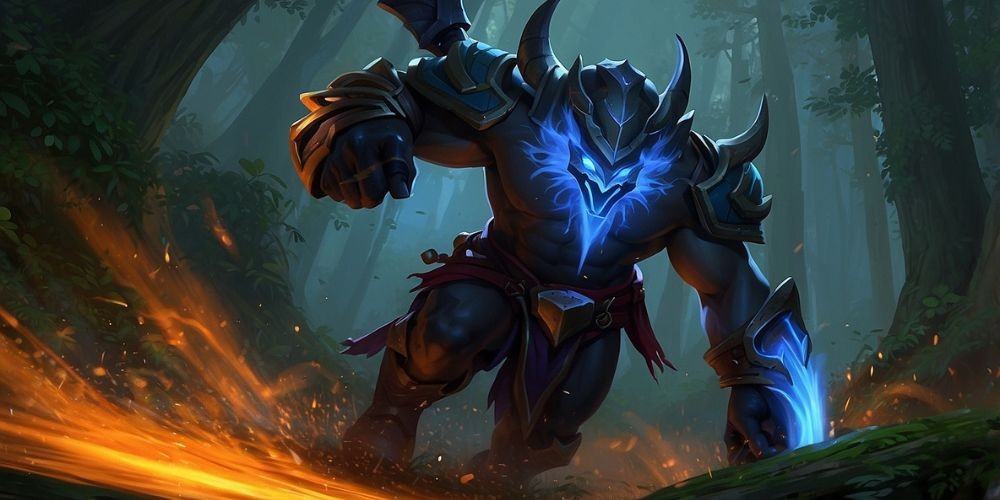
- Prioritize Last Hits and Denials: Precision in last-hitting offers gold, while denials deprive your foes of experience.
- Pay Attention to Warding: Place observer wards for uninterrupted vision and sentry wards to thwart opponent wards.
- Communicate: Keep a constant dialogue with your team to relay information on missing enemies and gank potential.
Transitioning to the Mid Game
The mid-game acts as a bridge between laning and late game, often marking the period where ganks and objective plays dominate. Here, mobility becomes crucial as teams strive to convert laning success into map control and strategic dismantling of enemy structures. Success in the mid-game centers around:
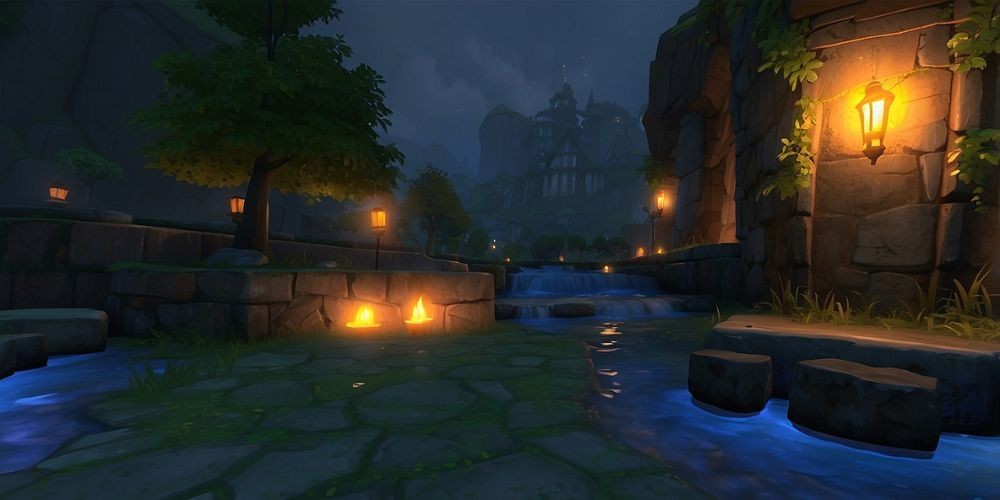
- Coordinated Ganks and Counter-Ganks: Monopolizing hero movement to disrupt enemy farms while ensuring your cores remain secure.
- Objective Control: Towers serve as gateways to further map dominance; and coordinate team efforts to secure or protect them.
- Vision and Information: Surveillance with wards is critical in knowing enemy whereabouts and planning skirmishes or dodging unfavorable encounters.
Staying fluid in hero roles during the mid-game can lead to interesting tactical engagements. It's important to employ adaptive strategies, recognizing when to play aggressively and when to regroup.
Late Game Dominance: From Strategy to Execution
As the game progresses into the late stages, every teamfight and every decision could spell the difference between glory and defeat. Late-game triumph lies in capitalizing on previous phases' gains, maximizing core heroes and successfully coordinating grand-scale team fights. Critical strategies for late-game success include:
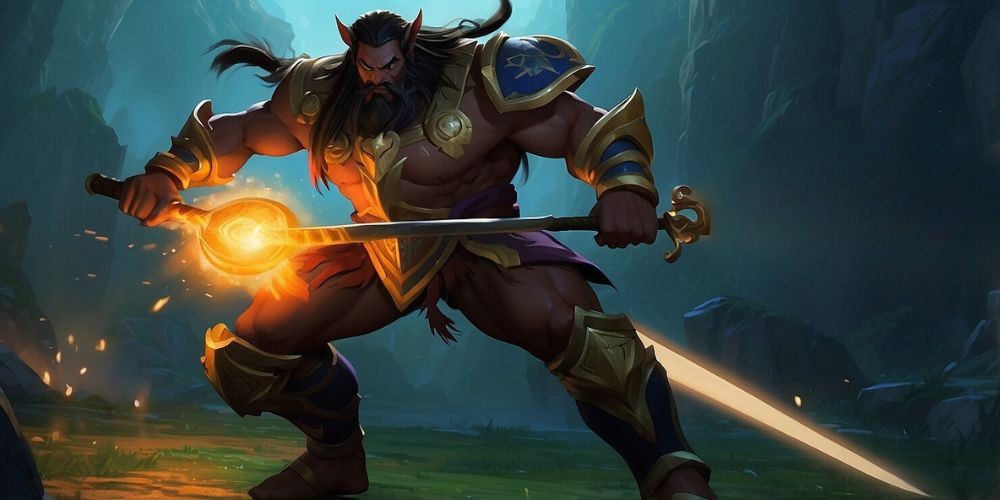
- Perfecting Vision and Map Control: Place wards in high-risk areas to scout enemy movements, preventing ganks and allowing for tactical ambushes.
- Intelligent Itemization: Equip heroes with items that both amplify their strengths and counter enemy heroes. Consider mobility enhancers, damage amplifiers, or items that improve survivability.
- Initiation and Forceful Engagements: Have heroes capable of instigating fights that catch key enemy figures. Correct timing and positioning are catalysts for successful engagements.
- Target Prioritization: Focus fire on enemy cores in skirmishes while preserving the life of your own damage dealers.
- Communication and Cohesion: Keep the dialogue active within your team, updating each other on cooldown availability, enemy whereabouts, and strategic shifts.
Role Assignments and Tactical Adaptation
Role definition becomes immensely important in both late-game strategy and adaptive gameplay. Each hero's role in a match varies but generally aligns with categories such as carry, support, initiator, and tank. For ultimate success, players must perform their roles efficiently, understanding the turning points that may require quick role shifts to adapt to in-game dynamics. The adaptability of roles means players should be ready to:
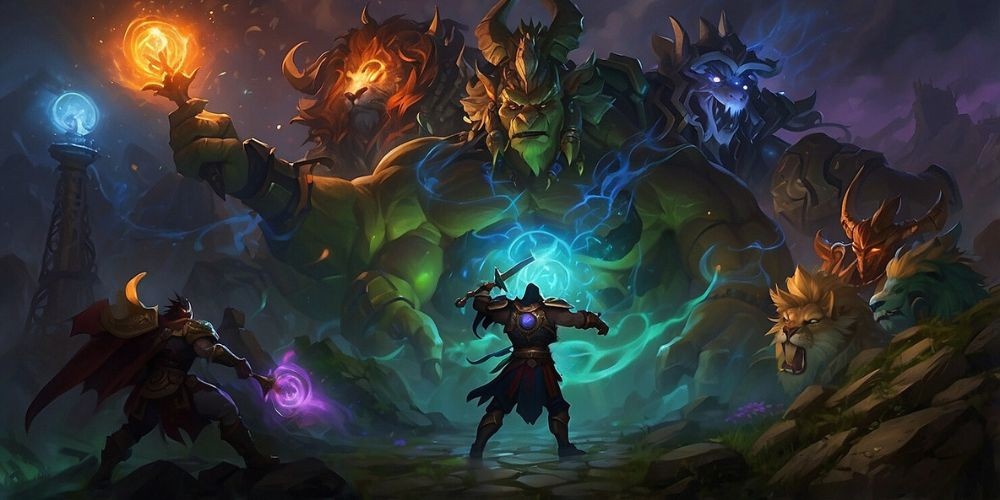
- Modify their playstyle as per game requirements, such as a carry adopting a more defensive stance against an aggressive lineup.
- Innovate in response to the enemy team's changing strategy, perhaps transitioning from an aggressive early-game carry approach to a more calculated late-game offensive.
Additionally, when the enemy alters their game plan, a predisposition to strategic flexibility allows for a tailored reaction, recalibrating game plans to counter opponents effectively.
Mastering the Mental Game: Stress Management and Team Morale
Late-game moments come laden with pressure; maintaining composure while facing critical choices is a tough yet essential skill. High-stress scenarios call for mental resilience to maintain clarity and keep strategic dialogues open with the rest of your team. Furthermore, nurturing a positive atmosphere within the team boosts intrateam cooperation and morale. Make teamwork your mantra:
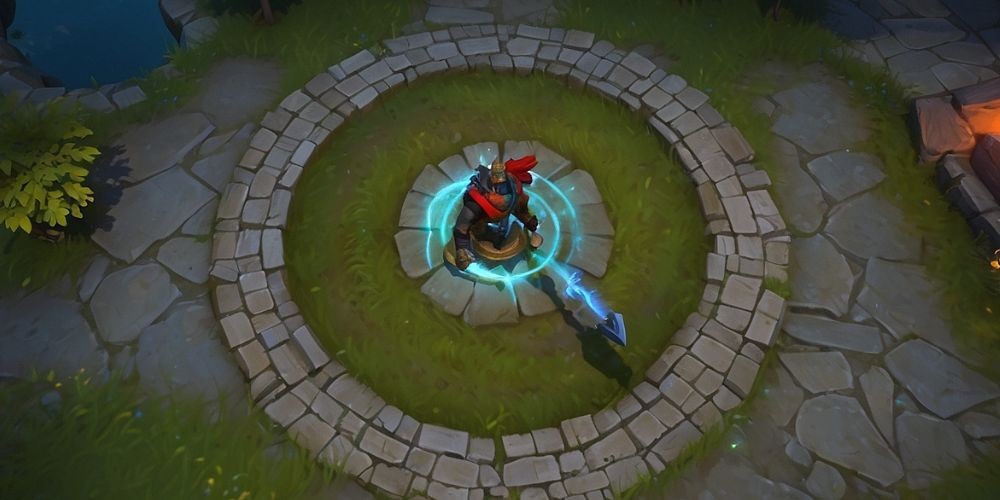
- Employ mechanisms for stress alleviation such as focused breathing, periodic in-game pauses, and reiterative team pep talks.
- Approach setbacks as learning opportunities, ready to regroup and refocus when adversities surface.
In essence, mastering the lane and late-game in Dota 2 extends beyond technical skill. It demands a blend of strategic foresight, responsive adaptability, exceptional communication, and faultless execution. By honing these elements, your team stands a far greater chance of transcending mere participation to achieve resounding success in Dota 2's thrilling arena.







